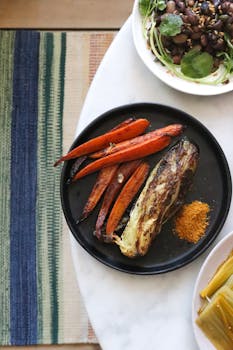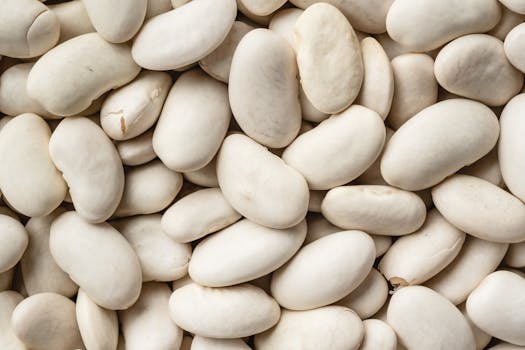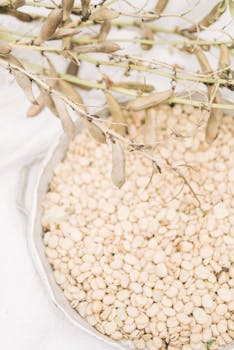Benefits
Protein Source
Digestive Health
Weight Management
Heart Health
Blood Sugar Control
Get creative with white beans
Turning white beans into a creamy and nutritious spread for sandwiches or as a dip for vegetables and crackers
Blending white beans with garlic, olive oil, and herbs can create a delicious alternative to traditional spreads
Incorporating pureed white beans into baked goods like brownies or cookies can enhance their nutritional value without affecting the taste or texture significantly
This method adds protein and fiber, making treats a bit healthier
Creating a hearty and healthy white bean soup by simmering the beans with stock, vegetables, and seasonings
This can be a comforting and nutritious meal, especially during colder months
Using white beans as a base for vegan burgers or meatballs, mixing them with spices, breadcrumbs, and other vegetables
This provides a meaty texture and protein content, making it a great meat alternative
Mixing white beans into salads to add a creamy texture and boost the protein content
They can complement a variety of ingredients from leafy greens to more robust vegetables and grains, making the salad more filling and satisfying
Something you can make with white beans
Origin
White beans, also known as navy beans or haricot beans, are a variety of common beans (Phaseolus vulgaris) that have been cultivated for thousands of years. The exact origin of white beans is uncertain, as they have been grown and consumed in various regions of the world. However, they are believed to have originated in the Americas, particularly in the Andean region of South America.\n\nWhite beans were a staple food in the diet of Native American tribes, including the Incas and Mayans. They were later introduced to Europe by Spanish explorers during the colonization of the Americas. From there, white beans spread across the continent and became a popular ingredient in Mediterranean and European cuisines.\n\nToday, white beans are grown in many countries worldwide, including the United States, Canada, Europe, and South America. They are versatile and used in a wide range of dishes, such as soups, stews, salads, and side dishes.


